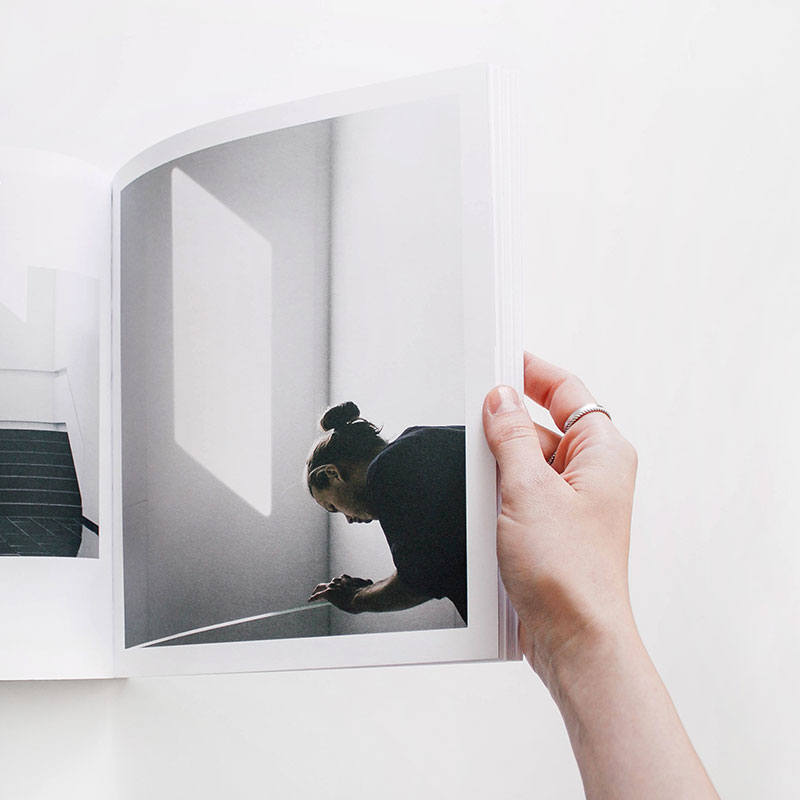Self Portrait as a Drowned Man by Hippolyte Bayard and in the painting The Wounded Man by Gustave Courbet
Justyna Pyra (University of Warsaw)
The article begins with an analysis of two works of art: the photography Self Portrait as a Drowned Man by Hippolyte Bayard (1839–1840), which is one of the first photographs in history, and the painting The Wounded Man by Gustave Courbet (1845–1854). Both these images use the same iconographic theme: the death of the author. This comparison leads to a refl ection about the intersections of photography and death, in an artistic as well as an anthropological sense. The similarity of the subject of both the works, and their rootedness in the time of creation, induce a variety of questions: what was the status of photography shortly after the invention of this medium? How did it affect the notion of art, the social position of the artist, the comprehension of realism, and fi nally – the perception of the world itself? The article tries to answer some of these questions by bringing out the picture of a specifi c moment in (art) history, when both man’s interest in death and the realist’s aspiration to create mimetic representations have found a new refl ection in art thanks to photography.
The full version of this article is available in Polish in the printed version of Tekstualia and in the on-line subscription.
The sample of Polish version of this article is available here: http://tekstualia.pl/index.php/pl/nasze-numery/277-2-49-2017/artykuly/1412-od-realizmu-do-realnego-gest-samobojczy-w-fotografii-autoportret-jako-topielec-hippolyte-a-bayarda-oraz-na-obrazie-raniony-mezczyzna-gustave-a-courbeta





